‘Fowl Pox’ or ‘Turkey
Pox’
Every year mosquito seaso returns to Florida and with it the chance for the turkeys to catch Avian Pox, sometimes known a ‘Fowl Pox’ or ‘Turkey Pox’
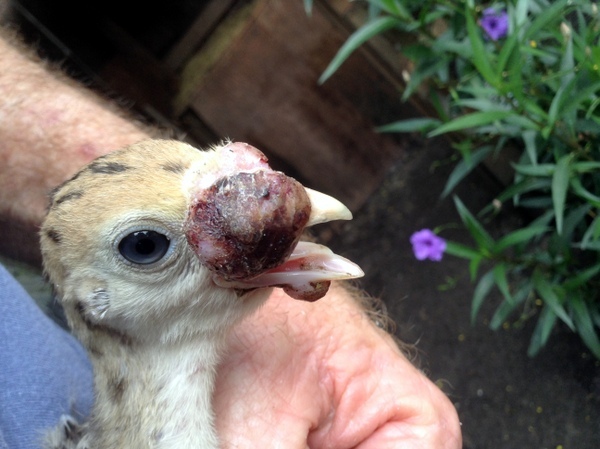
Pox from mosquitos (she survived)
Official description of the bird pox
Wikipedia link on turkey pox
The fowl pox is a viral disease in birds, characterized by wart-like nodules on the featherless parts of the body-the feet, beak, wattle & head. Sometimes covering one or both eyes. The warts will last 3-5 weeks and the pox is normally not fatal.
There is no evidence that the avian pox virus can infect humans and therefore it is not a public health concern.
But it is scary time of concern for the pet owner.
YouTube video of the fowl pox & vaccination
Photo of a rooster in South Africa with the Fowl pox.
The disease (virus) exhibits itself in one or two ways, cutaneous pox (dry form) or diphtheritic pox (wet form). The diphtheritic variant can spread inside the mouth and airways & is more dangerous to the birds than the dry form. (Luckily we have never experienced the wet form)
Clemson warning
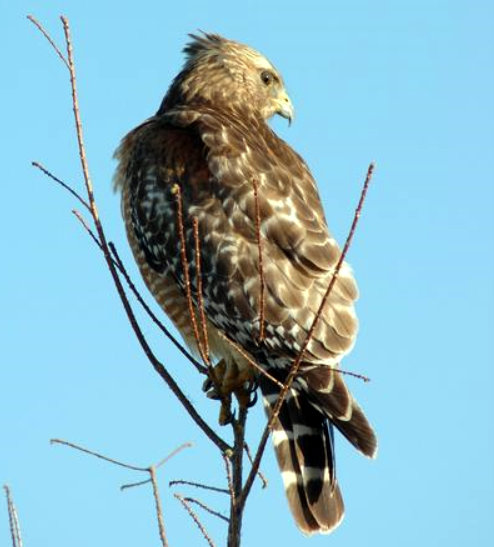
I first learned about avian pox “avipoxvirus” when reading a newspaper article about a young red tailed hawk covered in facial warts. -And learned that wild birds are the source of domesticated fowl contamination.
The virus is spread to turkeys and chickens mostly by the bite of infected mosquitos. Although once present in the backyard flock, the pox can be spread by other birds eating the infected scabs (warts) when the scabs drop off the healing birds.
When possible, infected birds should be isolated & coop disinfected after the birds have healed.
EXCELLENT Veterinary description: of pox
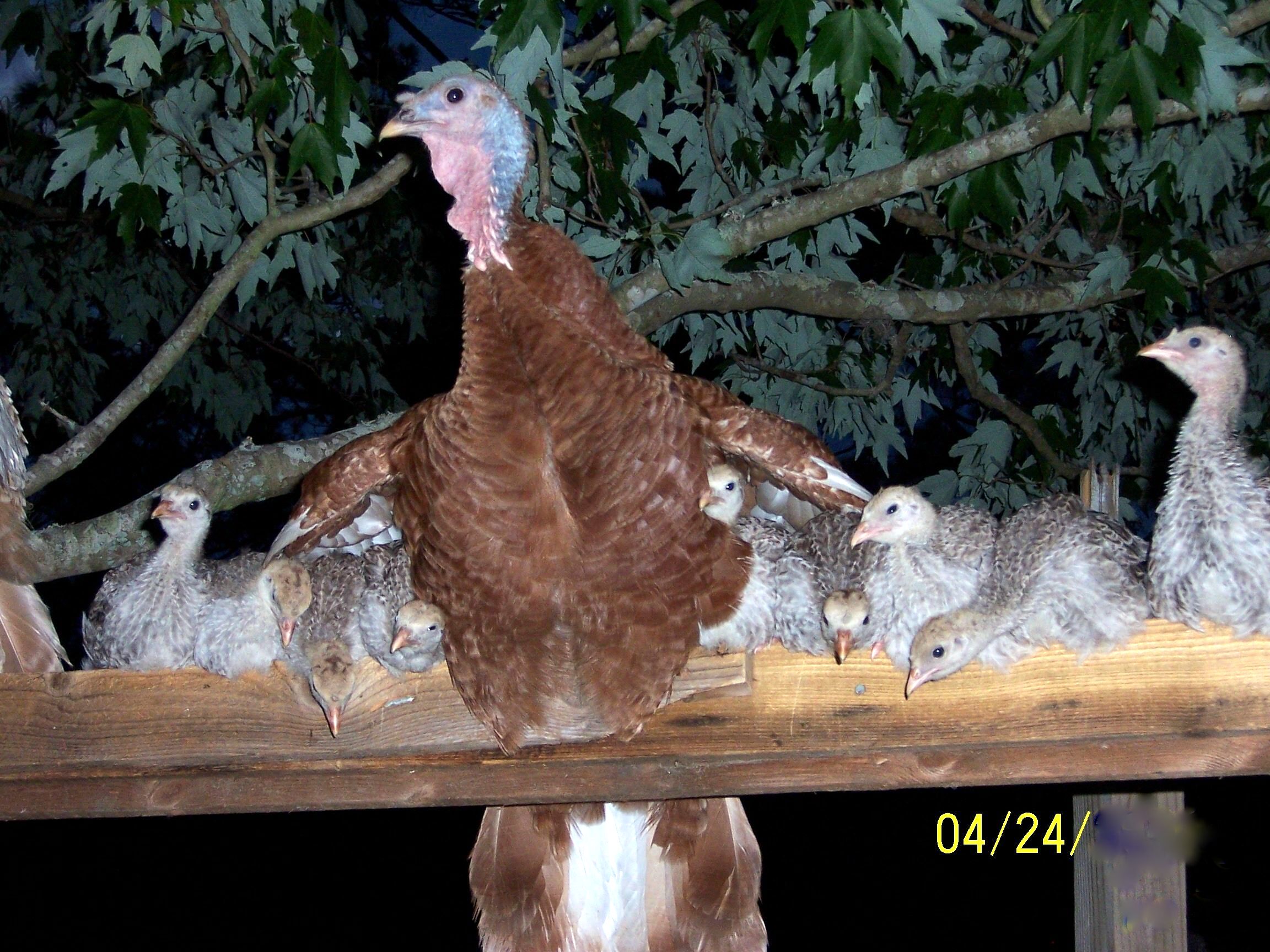
Reports on the virus state that any age of bird may be affected; however our experience has been that the small turkey poults (1-3 months old) are most susceptible to catching the ‘pox’. We have never had an adult bird catch this virus.
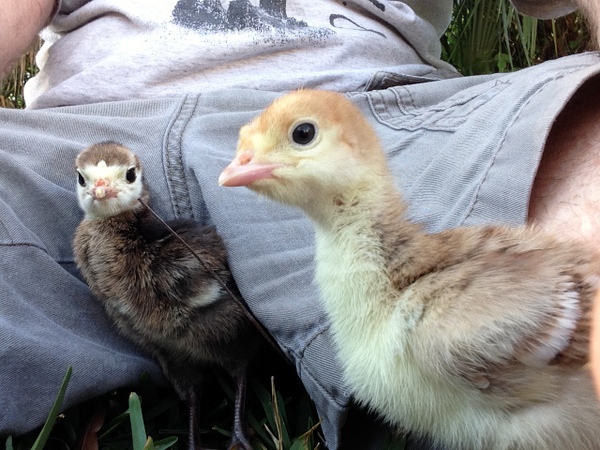
Extra Mosquito protection required for the little ones
Note: a relatively cheap avian pox vaccine is available, but we have not reached the point where we have decided to vaccinate-although every season of new baby turkeys we consider it & I have watched the instructional videos of the wing-web method and using a one needle applicator.
However so far, our fowl pox contamination has been infrequent.
NEVER vaccinate a bird already showing symptoms.
At the height of the Florida mosquito season (July through September) we take what precautions are available.
Our preventative measures:
Final note; Other than the vaccination, there is no treatment for fowl pox. Ordinary medical and sanitation practices will not prevent the spread from wild birds. One person told us, he picked the scabs daily and swabbed the bare spots in iodine.
-Sounded good & I guess it cannot hurt to try.
However: effective mosquito control management is vital if not using the vaccination.
Once the fowl pox has run its course the bird will be immune and will not get the fowl pox again
Note on wild birds: Avian pox has been diagnosed in most birds residing in temperate climates: Wild turkeys, doves, pigeons, raptors & kara-karas, songbirds, sparrows, robins, finches, crows, swans, & sandhill cranes. In domestic and barnyard birds: Turkeys, chickens, parrots and canaries.
Marine birds appear to have a stronger resistance to the pox.
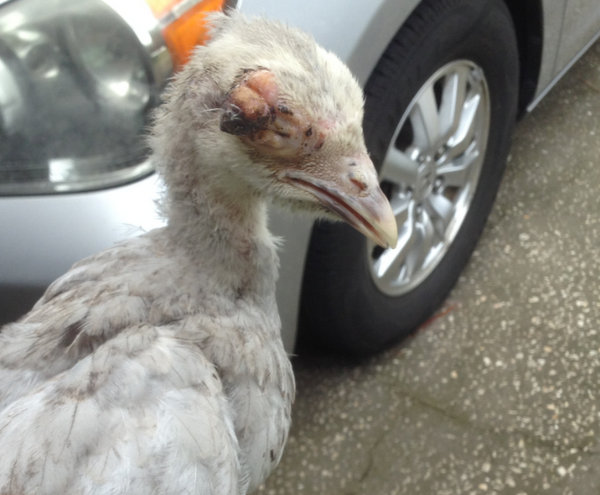
A picture of a the pox in the healing stage,-about one month after growing this on his/her eye.
In about 2 weeks the scab will fall off. Unknown if the vision will be impaired, but in past years there was a complete return of normal vision.
For more information on Avian Pox & other contagious diseases:
Mississippi Agricultural and Forestry
Other health problems?
The sudden appearance of wetness around the eye & coughing:
Chronic Respiratory Disease (CRD) in Poultry Mycoplasma gallisepticum
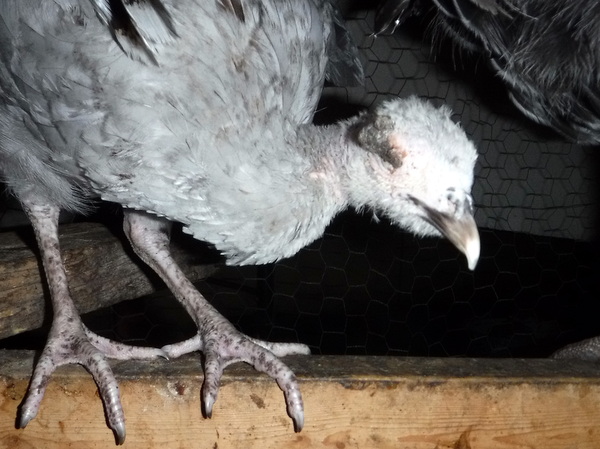
The pox in the scab stage (ready to fall off)
What I read is that the scabs themselves can spread the pox when eaten by other birds. So I was watch for the scab was going to fall off.
Note: the bird had full eyesight return once the scab fell off.
For those who need to know about NPIP certification: My NPIP page (Opine & Whine page)

Return Home from Avian Pox page

My next book "Surviving Kennedy Space Center" available on Amazon, September 16, 2025
Peek behind the curtains of the space center
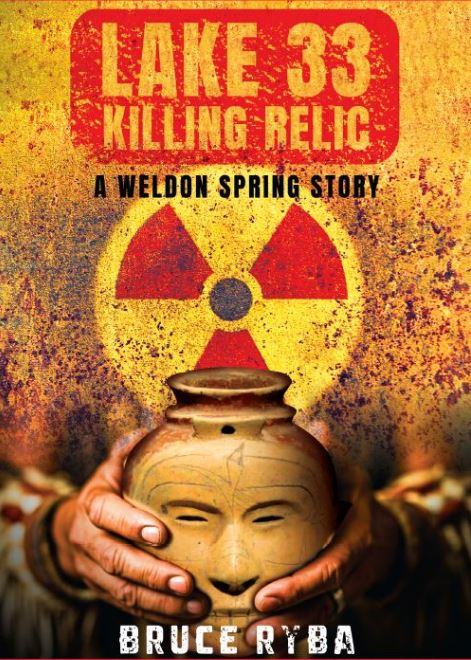
Lake 33 Killing Relic (navigates to my other web site)
Eastern Missouri, a little radioactive waste and a possible ghost, what could go wrong?
Do you need the perfect gift?
For pet lovers around the globe, "It's a Matter of Luck" is a collection of heart warming stories of horse rescues from the slaughterhouse.
Available on Amazon:
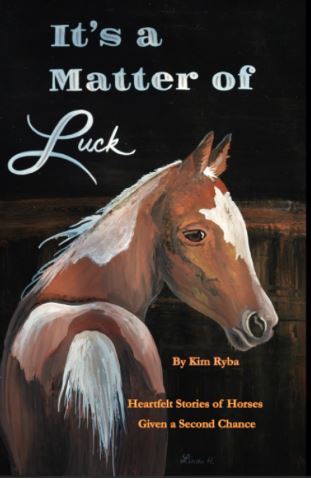
It's a Matter of Luck: Inspirational, Heartfelt Stories of Horses Given a Second Chance.
by Kim Ryba & Lina T. Lindgren
Warning: This book may cause your eyes to water -in a good way. (speaking from experience after reading it)
Please give Kim and Lina a heartfelt review on Amazon!

Author Bruce Ryba at Kennedy Space Center Launch Pad 39B & Artemis 1. "We are going to the Moon!"
Author's discussion (that's me) on You Tube of a book review on Amazon
My Facebook page Pet Turkeys You can always check in and say hello!
For the video versions of information, please check out my YouTube Channel (Turkeys, KSC, Flintknapping, dive stories etc.)
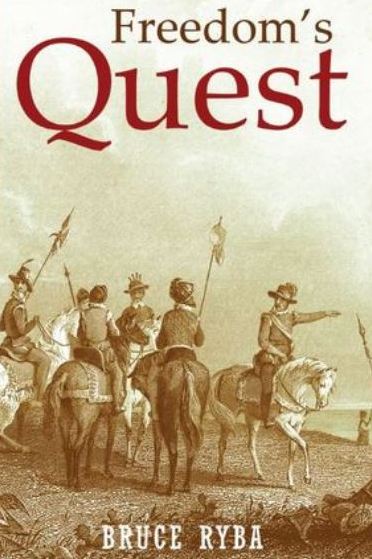
Book One of Florida History:
Freedoms Quest Struggle for the Northern Frontier and lost tales of old Florida
Fiction & language warning.
Available on Amazon
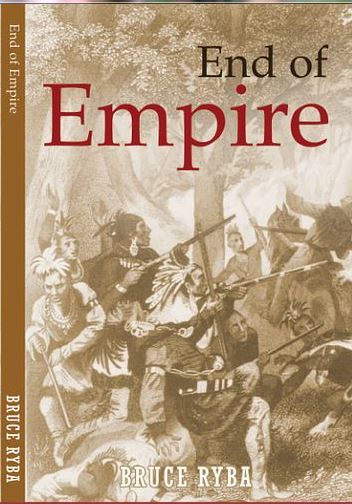
Desperate times call for bold action.
In a desperate move to retain Florida and protect the treasure-laden galleons on their dangerous return journey to Europe, the King of Spain issues a royal decree offering refuge to all English slaves who escape Florida and pick up a musket to defend the coquina walls of Saint Augustine.
In another bold gamble, the King offers refuge to the dissatisfied Indian nations of the southeast who will take up arms against the English.
Clans, traumatized by war and disease, cross the Spanish Frontier to settle the cattle-rich land and burned missions of Florida.
Follow the descendants of the conquistador Louis Castillo in remote Spanish Florida, a wildland swept by diseases, hurricanes, and northern invasions.
Book Two: Available on Amazon
